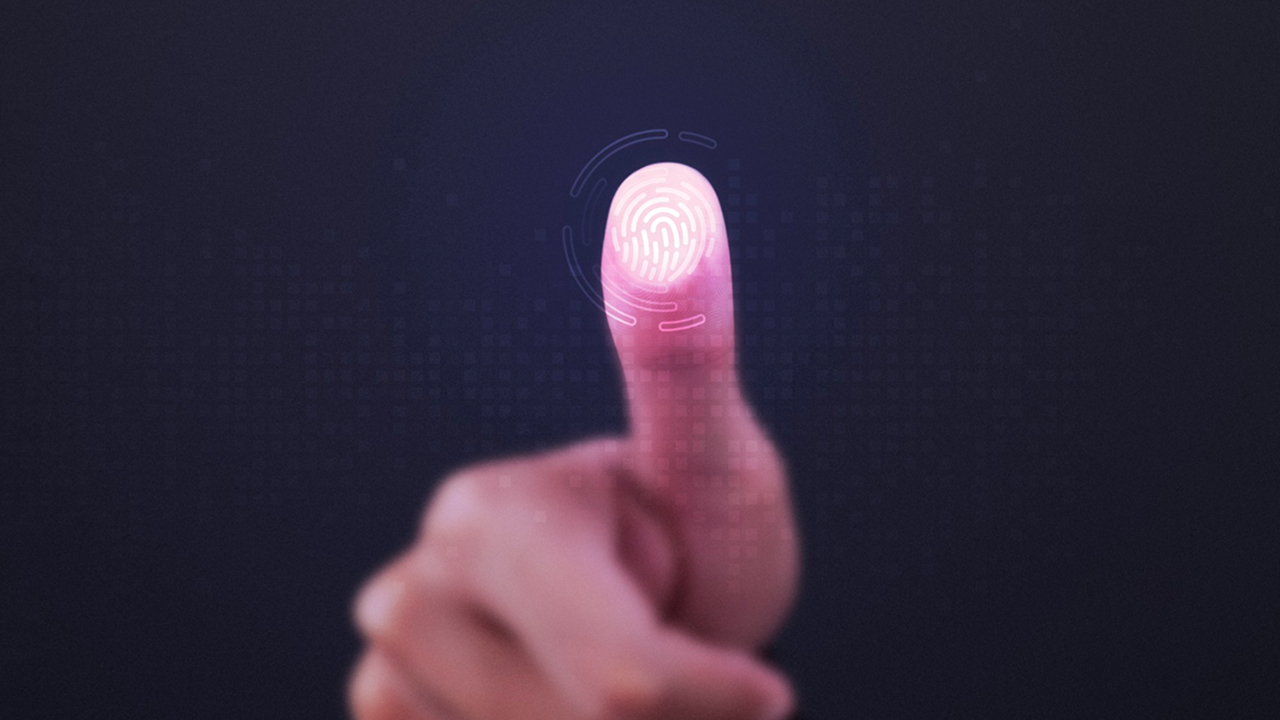1. CALIFORNIA DEPARTMENT OF JUSTICE’S OWN RESEARCH STUDIES, AS VALIDATED BY INDEPENDENT EXPERTS, CONFIRM THAT BALLISTIC FINGERPRINT PROGRAMS DO NOT WORK.
In announcing the results of CAL DOJ’s studies, California Attorney General Bill Lockyer stated “Our analysis concludes that today’s technology is not yet adequate to handle the volume [of data] associated with adding all new guns to the [ballistic fingerprinting] database and still provide useful information for investigators.” (Attorney General’s press release of 1-29-2003, available on the web at http://caag.state.ca.us/newsalerts/2003/03-013.htm )
2. THE FALL 2002 ‘SNIPER’ INVESTIGATION DEMONSTRATED THE FAILURE OF BALLISTIC FINGERPRINTING.
The FBI already stores all forensic evidence recovered at crime scenes nationwide in a ballistic fingerprinting database from Forensic Technology Inc, using the same programs now employed in Maryland. In spite of having all data available, the FTI software was unable to link any of the sniper shootings, and hence alert investigators to the possibility of shooters on a nationwide crime spree. Investigators could not discover connections between shootings until well after the criminals were apprehended by old-fashioned investigative techniques.
Even in the simplest case where all you have is crime evidence, ballistic fingerprinting software failed. Mass collection of non-crime evidence makes the task of searching for evidence matches even harder, since crime evidence becomes diluted in an ocean of non-crime evidence.
3. MARYLAND’S MANDATE FOR BALLISTIC FINGERPRINTING OF HANDGUNS IS AN ABJECT FAILURE.
The mandate cost taxpayers well over $5 million by last summer, yet now in its third year of use the software has yet to solve a single crime. Recorded administration testimony in 2000 claimed this program would have immediate benefit in crime investigation, but now even proponents say the software won’t solve its first crime here for several years.
